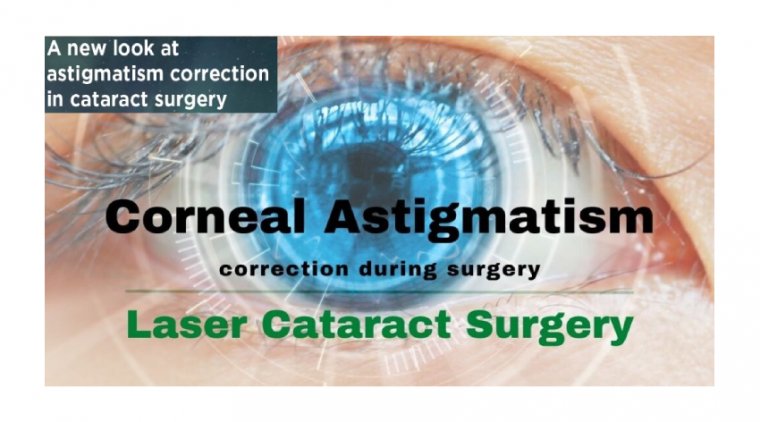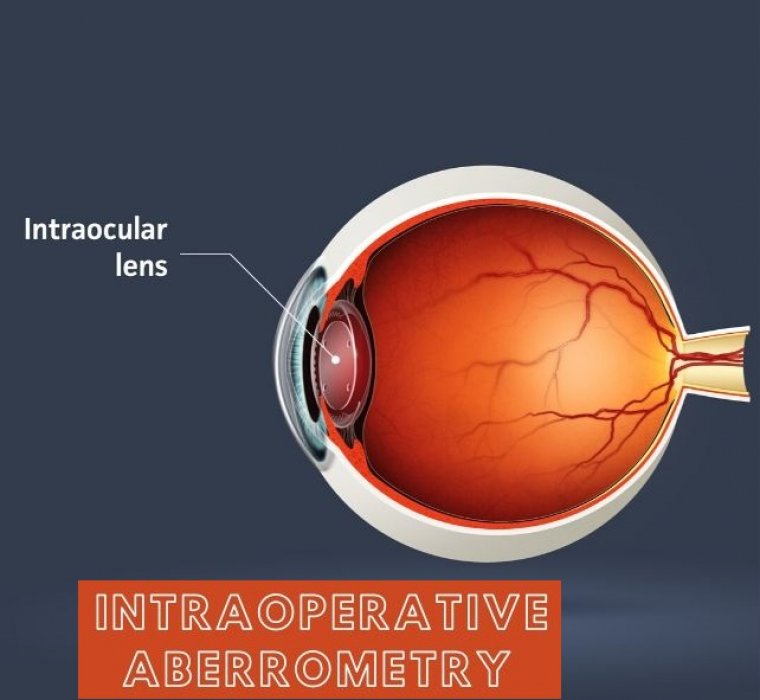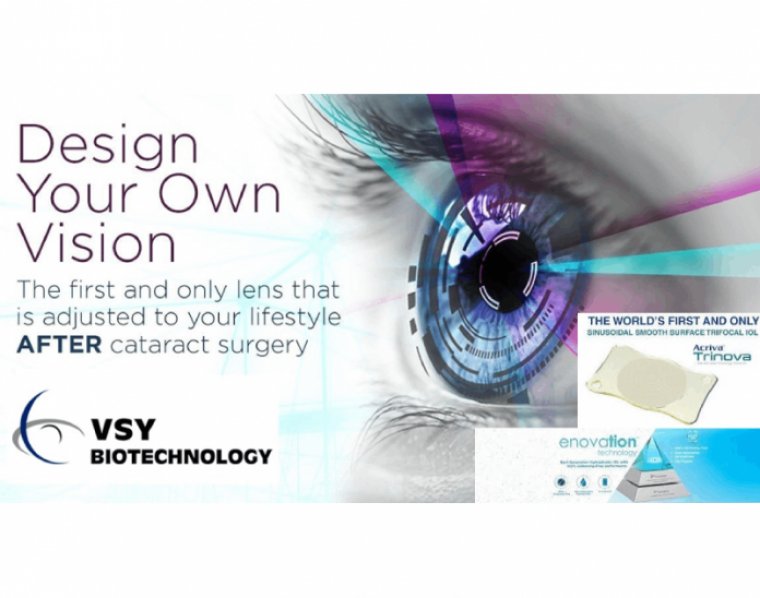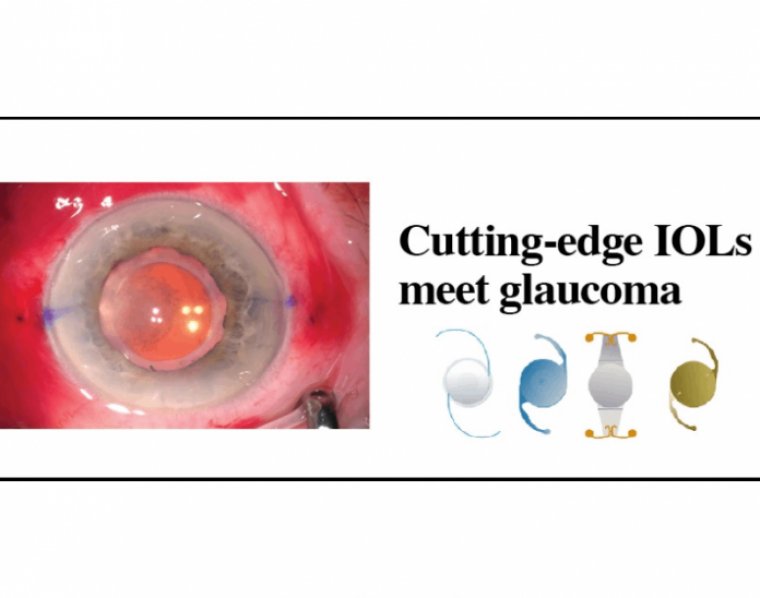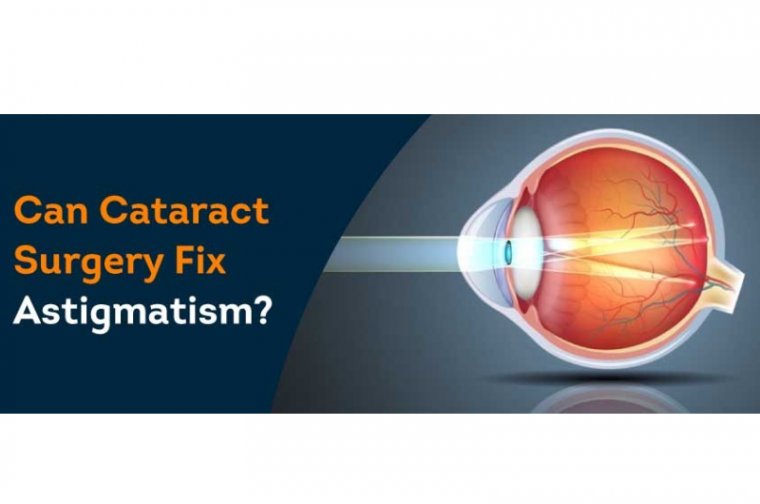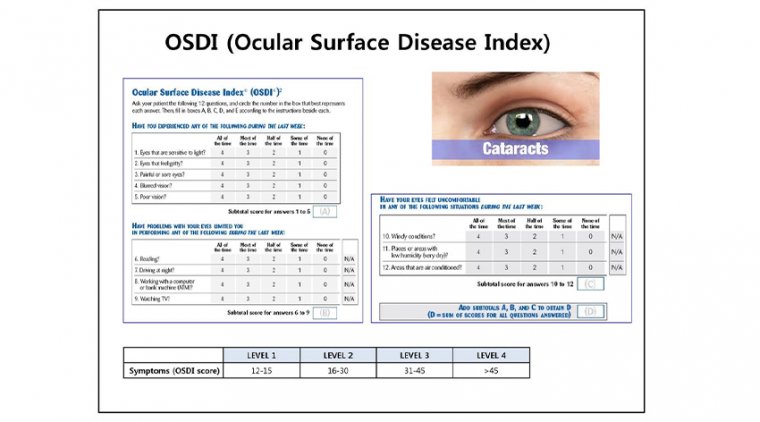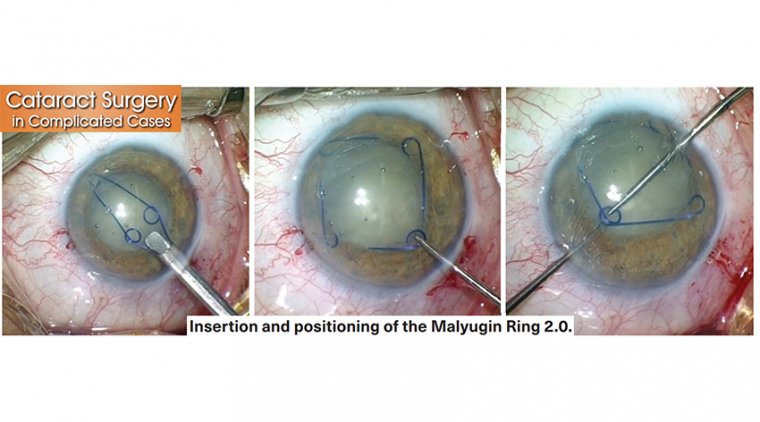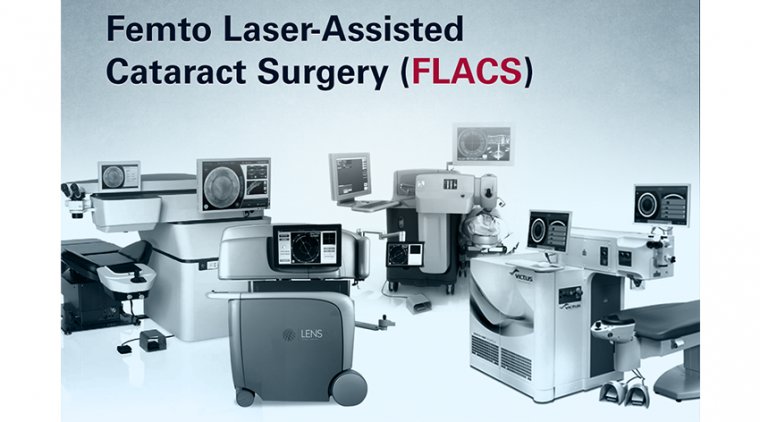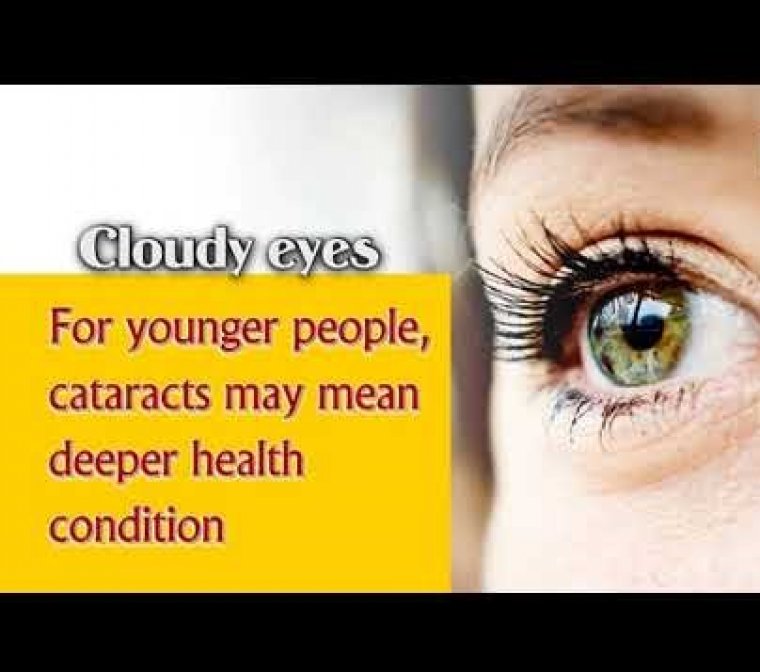
Not Only In Older Populations – Younger People Get Cataracts Too
It’s a common misconception that cataracts only affect the elderly. While it’s true that most cataracts occur because of aging, it’s not the only reason that cataracts can develop.
Many people start developing cataracts as young as age 40. However, cataracts can occur at any age. Some people are even born with them.
It’s no secret that as we age, our bodies and health change in ways that can slow us down, cause impairment or make us take extra caution.
Yet as we anticipate these changes, some of us still hold off on doing anything to prevent the things that are easily preventable – like cataracts.
According to the Canadian National Institute for the Blind (CNIB), more than 2.5-million Canadians have cataracts – a painless eye disorder that develops within the natural lenses of one or both of your eyes, either at the same or different times.
It causes cloudy vision, which then blocks the light from reaching your retina, CNIB explains, and is often compared to as if one was looking through a dirty car windshield.
But with Cataract Awareness Month, eye experts and the Canadian Ophthalmological Society want Canadians to start taking the lead on their eye health and get checked for the common eye disorder.
And while they seem worrisome, Dr. Rosa Braga-Mele, professor of ophthalmology at the University of Toronto and director of cataract surgery at Kensington Eye Institute, says everyone actually gets cataracts at one point. However, the progression of the issue depends entirely on an individual basis.
“As a cataract progresses, then your activities of daily living become much more difficult,” Braga-Mele says. “You try to optimize light to read and you can’t, or you try to use a magnifying glass because your regular reading glasses just won’t work anymore and there could be issues when you’re driving at night because there’s a glare around lights and it makes it more difficult to drive. It impacts every part of your life.”
Those over the age of 65 are more likely to get cataracts, but that doesn’t mean younger people can’t get them either, she says. Usually, it’s young people with underlying health conditions – like diabetes or an auto-immune disorder, for example – who will develop cataracts.
Developing cataracts can also be due to trauma to the eye or excessive exposure to the sun. Then there’s the group of people who are just born with them.
There are several different types of cataracts though, Braga-Mele says. The most typical, however, is aging-related while others may be related to some medications you’re on (especially steroids) or an underlying disease or may be due to injury. Whatever the type, they are typically diagnosed during eye exams.
You may not be able to lower your risk of getting cataracts, but there are some things you can do to prolong the progression, Braga-Mele explains.
First, wear sunglasses throughout the seasons (not just the summer) to protect your eyes.
Next, eat a healthy diet rich in lutein, which is known to help slow the progression of cataracts, Braga-Mele says. So eat a lot of green leafy vegetables, she adds.
And if you have an underlying health condition, make sure to keep on top of your medical care.
But if cataracts progress to a point where it becomes an issue for you, there is always cataract surgery. This is usually the case for those whose vision is borderline or may not meet the requirements for obtaining or keeping your driver’s licence, Braga-Mele says.
“For other people, it’s more of a lifestyle choice,” Brele-Mele adds. “So if it’s impacting their lifestyle and are not able to function and are relying more on a caregiver… or it impacts their job and life, then that’s when people really say they need something done.”
However, Braga-Mele says it’s important that people visit their eye doctor when they notice a change in their vision. This could be due to developing cataracts, or another more serious eye-health issue.
For those under 65, visiting your eye doctor every three to four years is best. Those over 65, however, should pay a visit every year or two, while those with underlying health conditions should make it a habit to go every year.
It’s a common misconception that cataracts only affect the elderly. While it’s true that most cataracts occur because of aging, it’s not the only reason that cataracts can develop.
Many people start developing cataracts as young as age 40. However, cataracts can occur at any age. Some people are even born with them.
It’s no secret that as we age, our bodies and health change in ways that can slow us down, cause impairment or make us take extra caution.
Yet as we anticipate these changes, some of us still hold off on doing anything to prevent the things that are easily preventable – like cataracts.
According to the Canadian National Institute for the Blind (CNIB), more than 2.5-million Canadians have cataracts – a painless eye disorder that develops within the natural lenses of one or both of your eyes, either at the same or different times.
It causes cloudy vision, which then blocks the light from reaching your retina, CNIB explains, and is often compared to as if one was looking through a dirty car windshield.
But with Cataract Awareness Month, eye experts and the Canadian Ophthalmological Society want Canadians to start taking the lead on their eye health and get checked for the common eye disorder.
And while they seem worrisome, Dr. Rosa Braga-Mele, professor of ophthalmology at the University of Toronto and director of cataract surgery at Kensington Eye Institute, says everyone actually gets cataracts at one point. However, the progression of the issue depends entirely on an individual basis.
“As a cataract progresses, then your activities of daily living become much more difficult,” Braga-Mele says. “You try to optimize light to read and you can’t, or you try to use a magnifying glass because your regular reading glasses just won’t work anymore and there could be issues when you’re driving at night because there’s a glare around lights and it makes it more difficult to drive. It impacts every part of your life.”
Those over the age of 65 are more likely to get cataracts, but that doesn’t mean younger people can’t get them either, she says. Usually, it’s young people with underlying health conditions – like diabetes or an auto-immune disorder, for example – who will develop cataracts.
Developing cataracts can also be due to trauma to the eye or excessive exposure to the sun. Then there’s the group of people who are just born with them.
There are several different types of cataracts though, Braga-Mele says. The most typical, however, is aging-related while others may be related to some medications you’re on (especially steroids) or an underlying disease or may be due to injury. Whatever the type, they are typically diagnosed during eye exams.
You may not be able to lower your risk of getting cataracts, but there are some things you can do to prolong the progression, Braga-Mele explains.
First, wear sunglasses throughout the seasons (not just the summer) to protect your eyes.
Next, eat a healthy diet rich in lutein, which is known to help slow the progression of cataracts, Braga-Mele says. So eat a lot of green leafy vegetables, she adds.
And if you have an underlying health condition, make sure to keep on top of your medical care.
But if cataracts progress to a point where it becomes an issue for you, there is always cataract surgery. This is usually the case for those whose vision is borderline or may not meet the requirements for obtaining or keeping your driver’s licence, Braga-Mele says.
“For other people, it’s more of a lifestyle choice,” Brele-Mele adds. “So if it’s impacting their lifestyle and are not able to function and are relying more on a caregiver… or it impacts their job and life, then that’s when people really say they need something done.”
However, Braga-Mele says it’s important that people visit their eye doctor when they notice a change in their vision. This could be due to developing cataracts, or another more serious eye-health issue.
For those under 65, visiting your eye doctor every three to four years is best. Those over 65, however, should pay a visit every year or two, while those with underlying health conditions should make it a habit to go every year.


